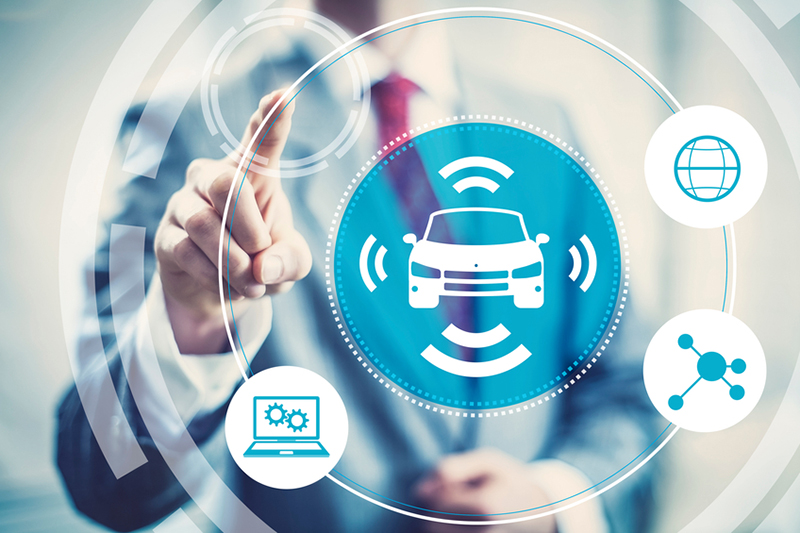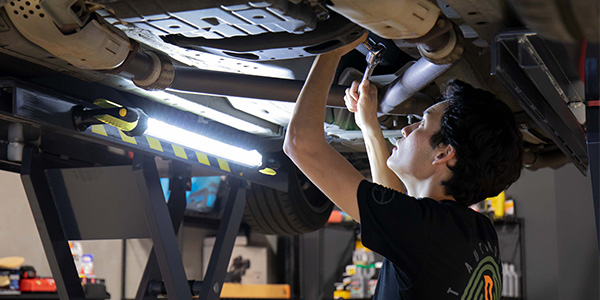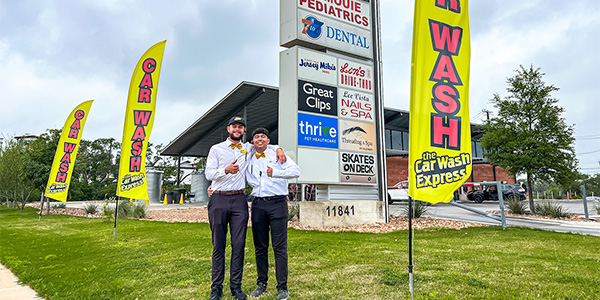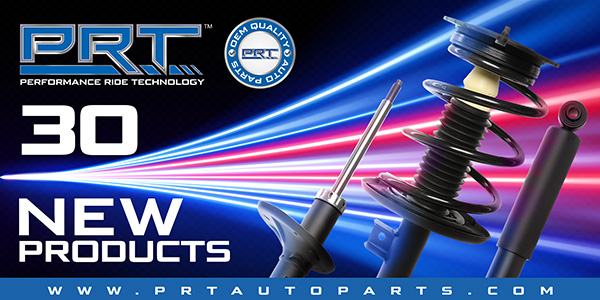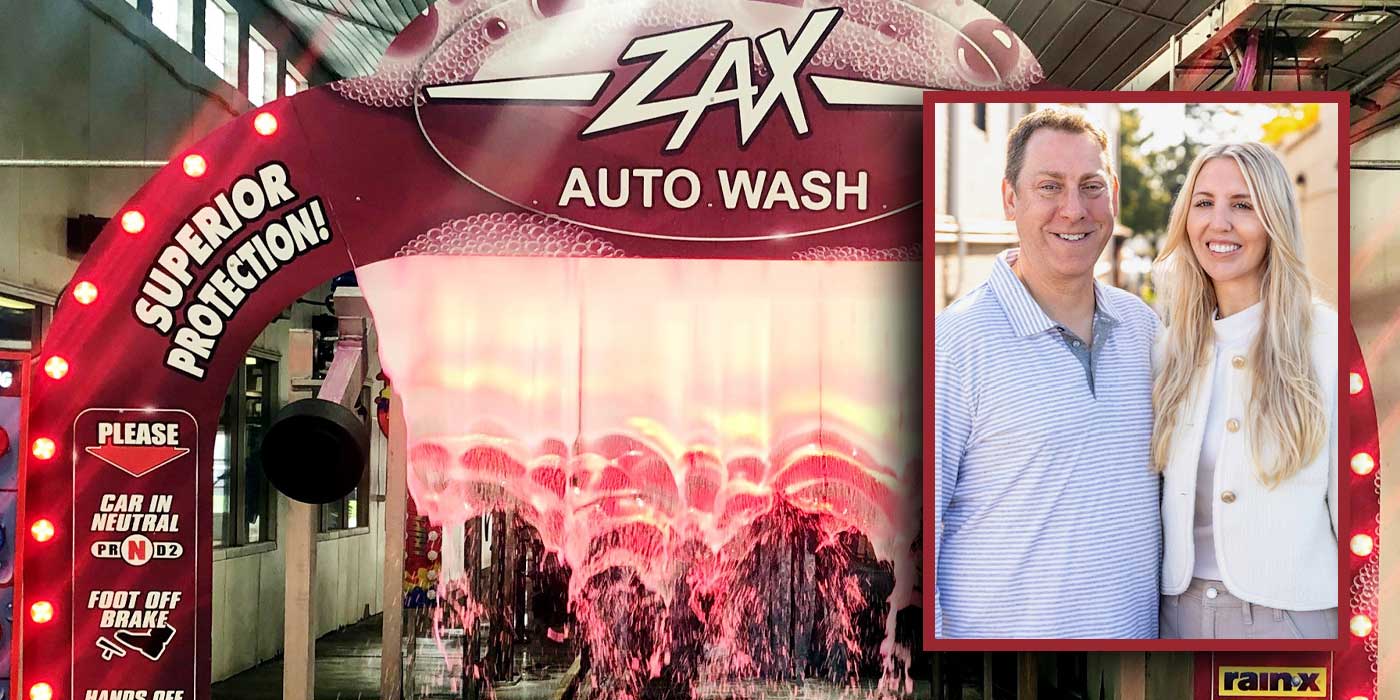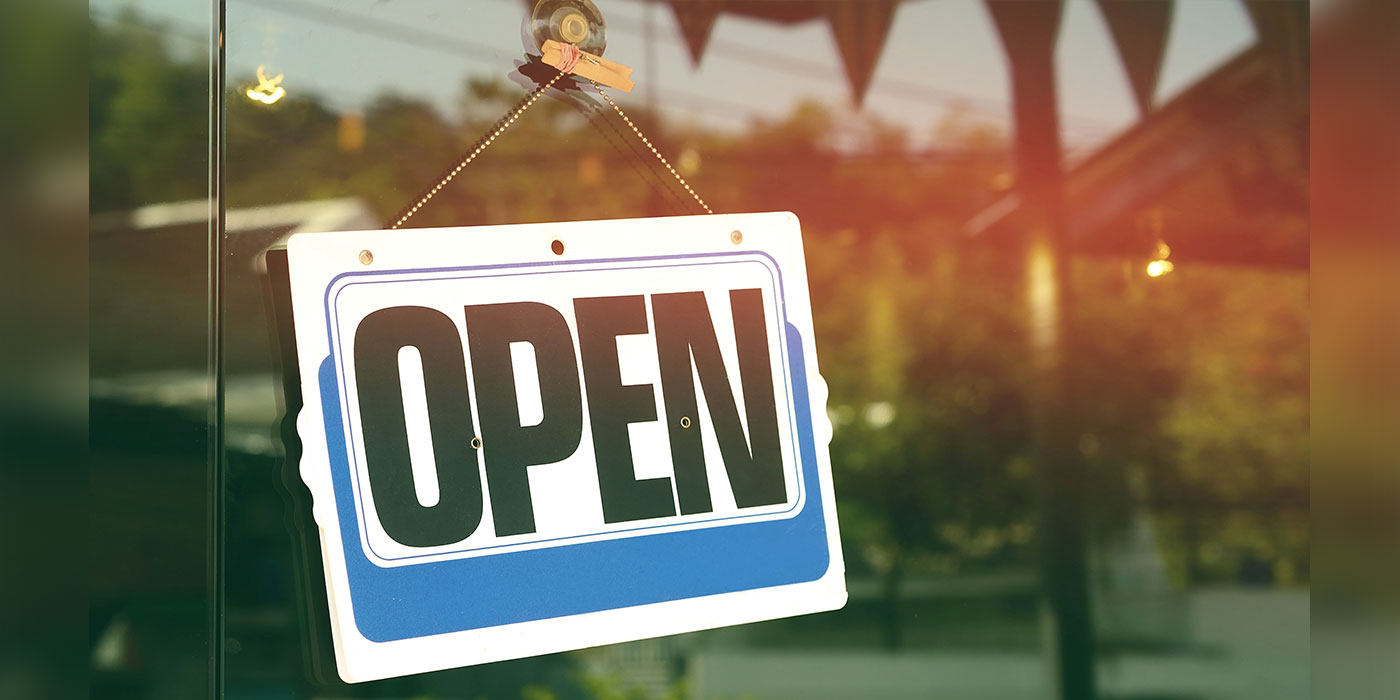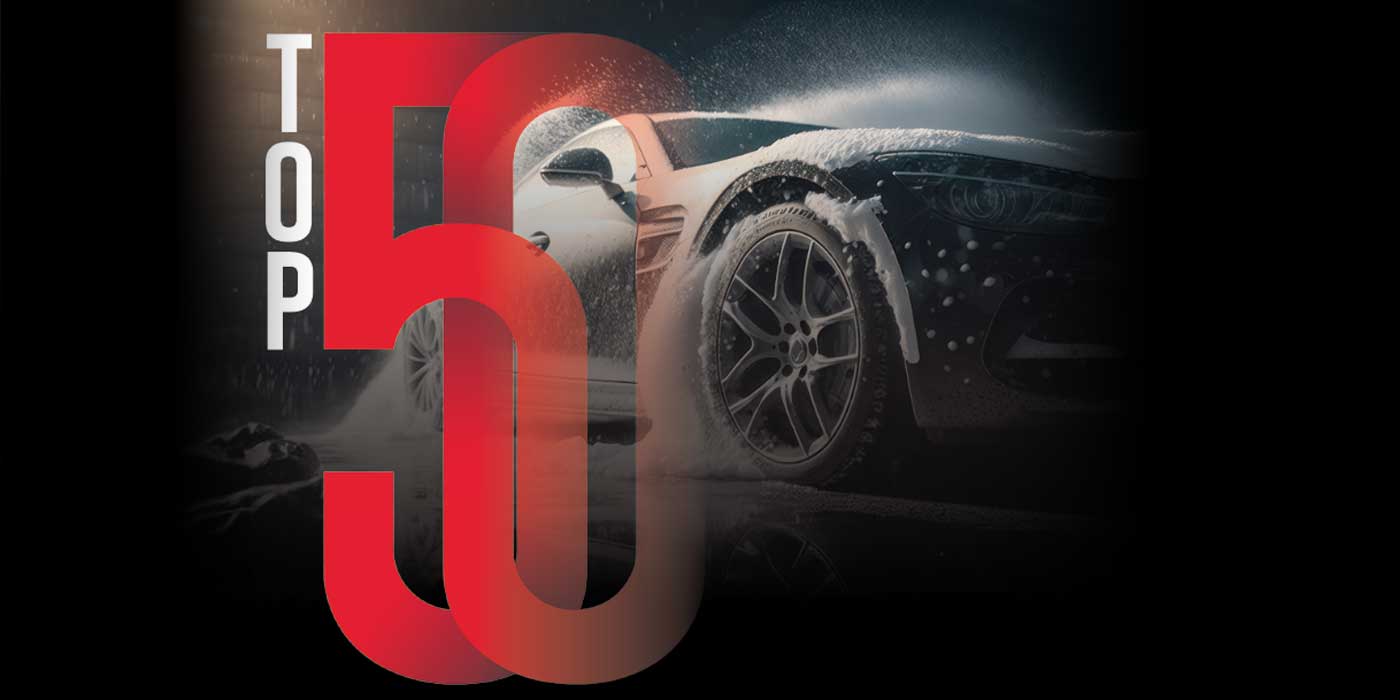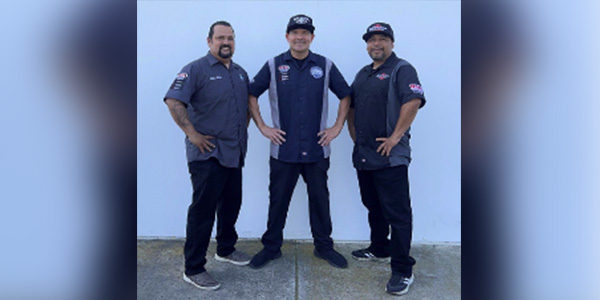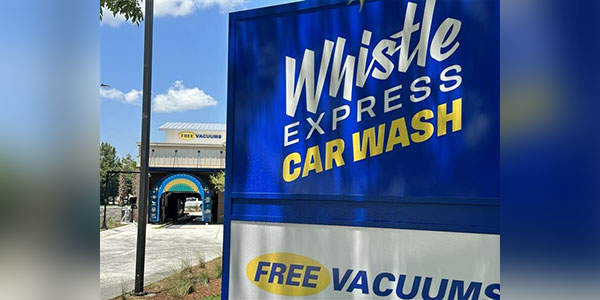BOSTON — A new report from car-shopping site BestRide.com shows that while new autonomous driving safety features bring peace of mind to the driving experience, they can cause unexpected hassles and delays for carwash-bound vehicle owners, whose cars become virtually immobilized at the facility’s entrance, according to a company press release.
Released in the midst of Fall Car Care Month, the release continued, the report identified dozens of domestics and imports that require owners to manually deactivate computerized autonomous driving safety features before proceeding through the soap and suds.
“Collision detection, auto hold braking and other technologies are coming to every car as standard equipment by 2020,” said BestRide Editor in Chief Craig Fitzgerald. “Consumers have no idea about the unintended consequences of these technologies on simple, everyday tasks. We want drivers to be informed before they get to the carwash.”
From entry level models and ultra-luxury sedans to compacts and SUVs, the number of affected new vehicles is extensive and includes Acura, BMW, Chrysler, Dodge, Fiat, Jeep, Lexus, Mercedes-Benz, RAM, Range Rover, Subaru, Tesla, Toyota and Volvo, the release noted.
According to the article “Auto-Braking Systems Are Being Confounded By Car Washes” by contributor Jim Gorzelany on the Forbes website, the collision sensors in these cars cannot tell the difference between solid walls and soft mitter curtains.
In addition, Gorzelany reports that some cars with auto-braking systems get stuck midway through a wash, or they will, ironically, jump off the rails to prevent a crash and end up colliding with the vehicle behind them.
In other instances, Gorzelany says, some of these cars, when turned off, automatically engage the emergency brake, causing backups at carwashes where owners are required to leave their cars in neutral, shut off the engines and leave the cars.
Gorzelany does note that auto-braking and emergency braking systems have no effect if carwashes use conveyor belts instead of chains and rollers to move cars through the tunnel.
“There’s no standardization in how autonomous and automatic braking systems work, how they’re disabled, or even if they can be disabled,” said CEO Eric Wulf, whose organization addresses the situation by providing a comprehensive Special Needs Vehicles guide on its website. “Some kind of a standardized engineering solution would be something we’d love to talk to the [original equipment manufacturers (OEMs)] about.”
BestRide.com released a comprehensive list of the adjustments car owners need to make before entering carwashes.
In addition, the company also created a video about the auto-braking issue.
You can also watch the video here.
BestRide.com also created an infographic detailing what owners of the 14 auto brands need to do to turn off autonomous driving safety features before going into automatic carwashes.
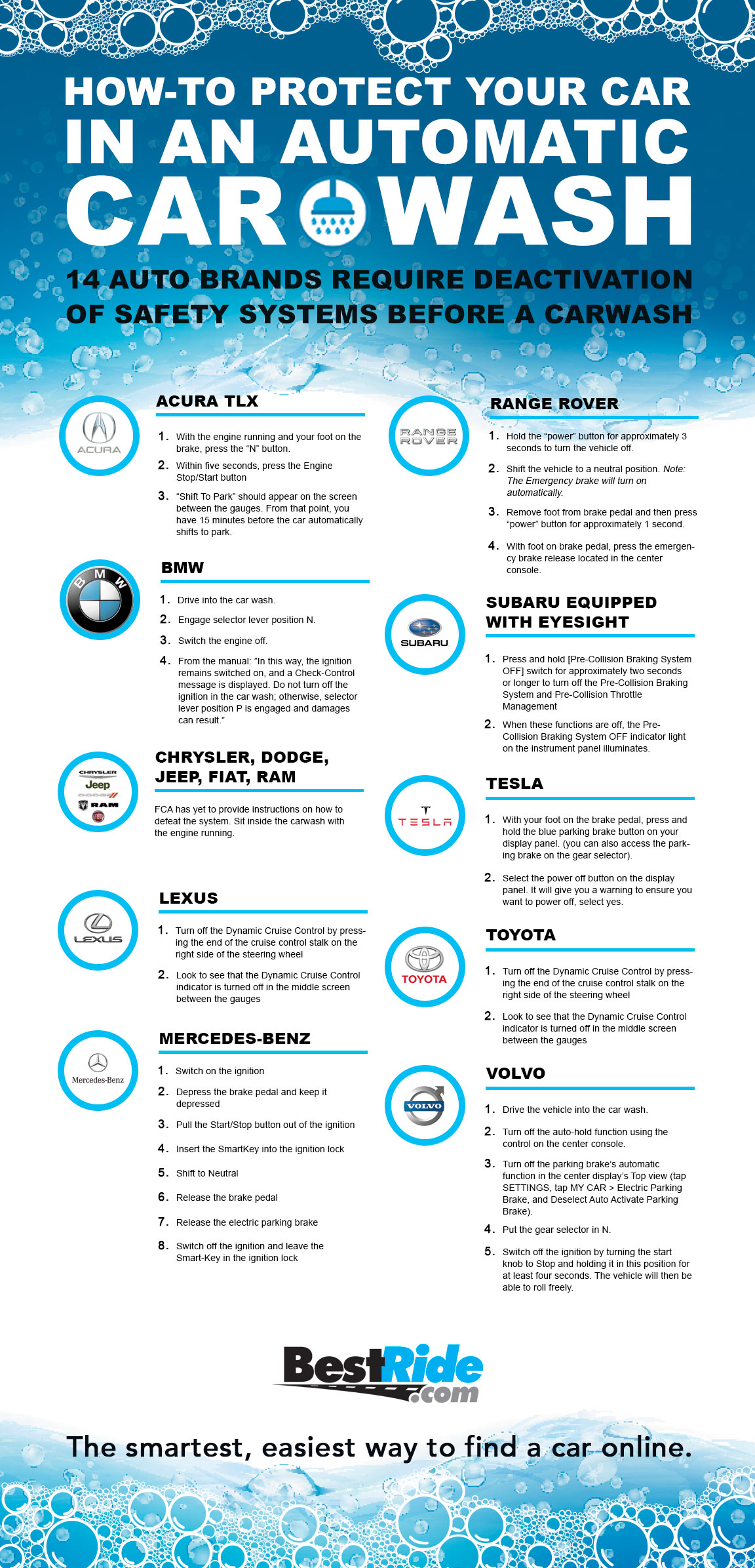
You can download the infographic here.

